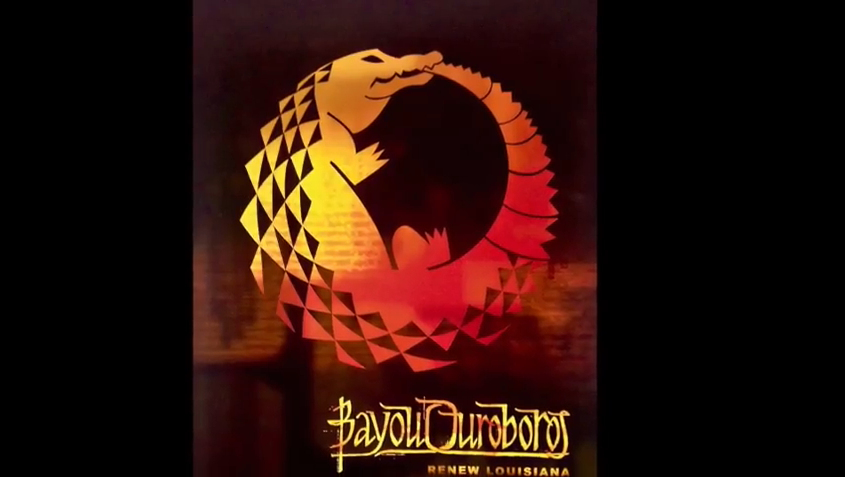I spent the first 18 years of my life in New York
before attending college in New Orleans. Some of my
friends there were native Louisianians and I
admired, almost envied, their ties to such a rich
heritage. It seemed to me that anyone could become a
New Yorker, but you had to be born a Southerner, and
in particular, a Louisianian. One friend from New
Iberia used to proudly give small gifts of tabasco
sauce, little handkerchief dolls from the Shadows on
the Teche house and regional brochures. Once she
gave a professor an ice chest filled with boudin.
Another friend invited a few of us to stay with her
grandmother in Thibodaux where on the stove a pot of
red beans and rice awaited us when we walked in the
door. Eventually I would learn how to make a fairly
decent pot of gumbo, but it wasn’t the soup of my
youth or my heritage. Perhaps that’s why creating
images about Louisiana is important to me. It’s
claiming a piece of this culture for myself,
reflecting my admiration for its uniqueness and my
concern for its future.
Working as a graphic designer years later, I’ve
created many logos and because of that I’m
particularly interested in symbols—their power to
represent an idea and a culture. I thought: what if
Louisiana were its own civilization like ancient
Egypt, complete with its own symbols? The
fleur-de-lis and mother pelican feeding a nest of
babies are examples and can be seen everywhere on
just about anything. But could I transform some
well-known ancient symbols to represent our own
unique, modern day concerns?
And that’s how the Bayou Ouroboros was born. The
original ouroboros is a snake (sometimes a dragon)
depicted in a circle (sometimes an infinity sign)
consuming its own tail. There are different
interpretations for this symbol but basically it
represents the cycle of life and death and rebirth.
In place of the snake I created an alligator to
represent this cycle here in Louisiana. |
In this sense,
coastal erosion is threatening the existence of local communities and
a way of life. People in areas such as the Isle de Jean Charles have
had to be relocated. Roads and even cemeteries are being washed out
into the Gulf of Mexico. Many sons of generations of shrimpers have
left home, no longer able to make a decent living from a vocation that
was once a source of pride as well as income.
That’s why I find the threats posed by coastal erosion so disturbing.
Still, there’s hope we can slow down the erosion, restore some of the
lost land and preserve what remains. To me, the bayou ouroboros is a
symbol of that hope. A journalist named Mike Tidwell documents this
erosion and its consequences so movingly in his book Bayou Farewell.
ere are many haunting passages and I thought the last paragraph would
be appropriate for a calligraphy text to accompany the bayou ouroboros
symbol.
The words “Bayou Ouroboros” that appear below the symbol are my own
variation of an Italic variation. I drew and refined it in pencil,
then scanned the design and added color to it in Photoshop. e text
block from Tidwell’s book is in Italic and drawn with a Mitchell 3 nib
in gouache which was then scanned and also brought into the Photoshop
file. The alligator was originally drawn by hand, scanned, refined in
Adobe Illustrator and then transferred to Photoshop. I layered the
ouroboros with other images and adjusted the colors and textures. I
like to think of the final result as an alligator ouroboros sun rising
like a fiery ball at dawn from a dark and mysterious swamp.
More than 30 years have passed since I graduated from college. I never
thought I’d spend them in Louisiana and I have no immediate plans to
say farewell.
It’s home. |

 Video
Video